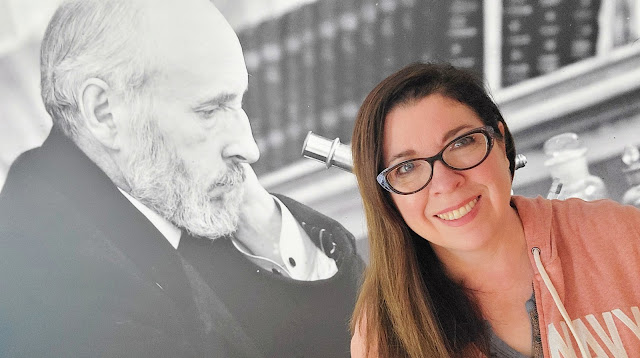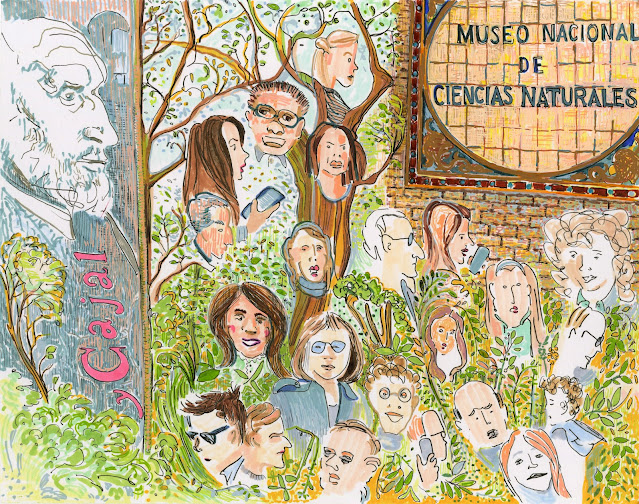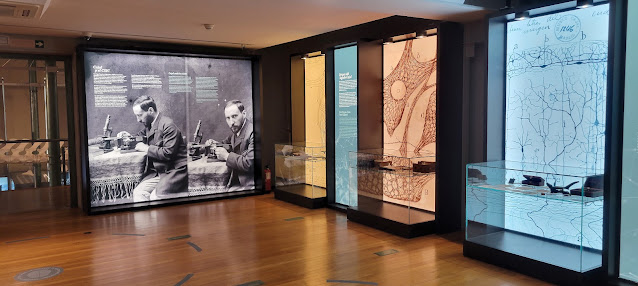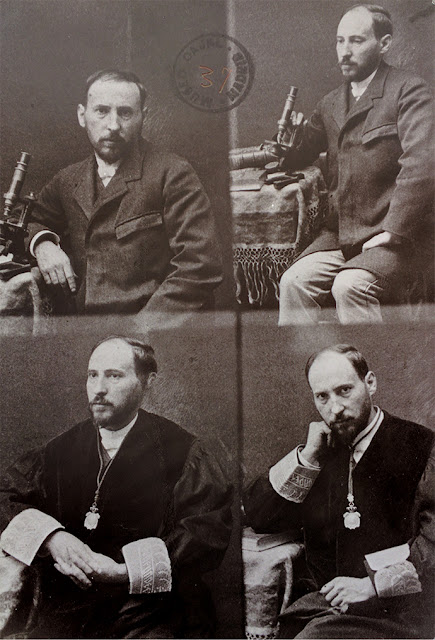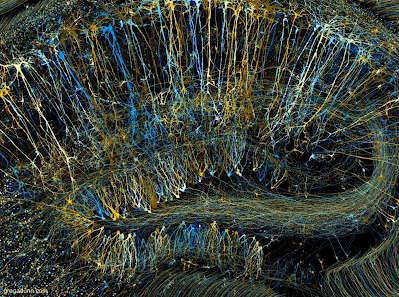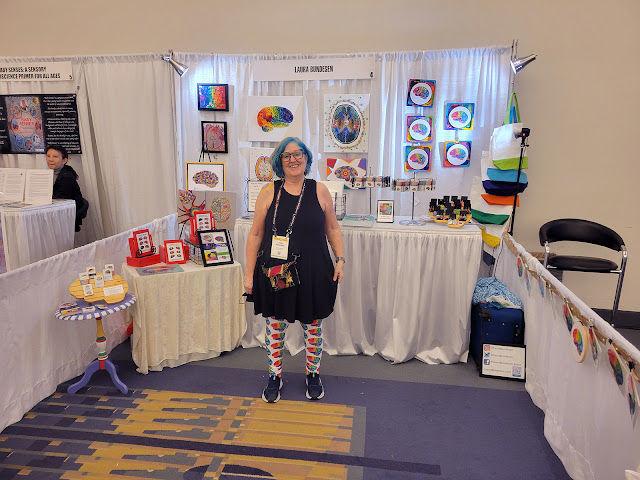For artists and scientists, social media platforms are essential for communication about one's identity, creative projects, and research. My personal and professional trajectory have been shaped by these platforms, enabling me to engage globally with artists and scientists who are interested in my research on Santiago Ramón y Cajal.
For artists, Instagram often serves as the primary platform, allowing for a visually rich showcase of work. Scientists, conversely, may find X (formerly Twitter) to be more aligned with their needs, offering a space for real-time discussions and academic networking. Both platforms have their distinct advantages, and many professionals in both fields utilize both to maximize their reach.
Instagram provides a curated environment that fosters personalized engagement with audiences, whereas X offers broader reach and instantaneous interaction. Despite these benefits, it is crucial to recognize that no social media platform can replace the importance of a dedicated website. A website functions as a stable, central hub for your digital presence, free from the algorithmic whims that govern social media platforms.
While the algorithms of X and Instagram can shape visibility and engagement in unpredictable ways, it is essential to approach this with a balanced perspective. The ephemeral nature of social media reach should not overshadow the importance of cultivating genuine connections and fostering a vibrant community.
Integrating both Instagram and X into your strategy, while maintaining a robust and well-curated website, is paramount. This triad will ensure a comprehensive and resilient approach to building and sustaining a dynamic presence in the interconnected worlds of art and science.
Beyond IG and X
The scope of social media is not limited to Instagram and X. Statistically, Facebook remains at the forefront for number of users per month, an estimated 3 billion per month. Not bad for a dying platform. How do the other platforms stack up? The estimated users per month are the following for these platforms:
- LinkedIn: 1 billion
- X: 250 million
- Instagram: 2.4 billion
- TikTok: 1 billion
- Snapchat: 800 million
Bigger is not always better
The statistics on Facebook’s monthly users are both surprising and expected. My audience engagement is highest on Facebook, thanks to the synergy between my real-life connections and my networking contacts. While Instagram and X serve as niche platforms for me, they have provided significant opportunities such as international speaking engagements and publication offers—opportunities I wouldn't have had without these platforms. My follower count on each is relatively small, but what truly matters is reach, exposure, and engagement. I've built my audience gradually, balancing growth with genuine interaction and mutual interest.
Many teaching platforms, particularly on Instagram, promise rapid growth with viral videos and thousands of followers in a month. These claims often sound too good to be true, and they usually are. Fast growth strategies often result in "ghost" followers—spam accounts that may have a celebrity picture, no followers, and follow many others. While not as harmful as bot accounts, these ghost followers still negatively impact your engagement and reach.
Removing ghost followers can enhance your Instagram engagement. The platform prioritizes interaction and active followers over follower count. If your account has low engagement, Instagram might flag it as uninteresting, reducing your visibility.
Distinguishing between fake/bot followers and inactive followers is crucial. Fake or bot accounts should be removed since they cannot interact, learn, or purchase from you, ultimately lowering your engagement rate. However, if an inactive account belongs to a real person, I choose not to remove them. Many followers may not engage visibly but still hold potential as clients. In fact, several clients I've gained through Instagram never interacted with my content before signing on.
Luckily, Instagram has made it easy to delete ghost or spam accounts. Recently, I was able to delete 75 such accounts in less than five minutes. So, instead of spending time deleting ghost followers, you can focus on creating high-quality content tailored to your ideal clients. This strategy will attract new, more engaged followers.
How to Remove Potential Spam Accounts from Your Instagram Followers
Reviewing Potential Spam Accounts
Instagram automatically filters accounts that are likely to be spam into a separate list within your Followers tab. Follow these steps to review these accounts:
- Tap Your Followers List:
- Go to your profile and tap on your followers.
- Access the Spam List:
- At the top, you will see headings such as Followers, Following, Subscriptions, and Flagged.
- Tap on "Flagged."
- Review and Manage Flagged Accounts:
- Instagram will offer the option to delete the entire list. Alternatively, you can go through the list to check for genuine followers who might have low follower counts but follow many people.
- If you find a genuine follower, notify Instagram that they are real to keep them as a follower. This helps Instagram better distinguish between genuine and spam accounts.
Adjusting Your Spam Filter
You can toggle your spam filter on or off in your settings. Follow these steps to adjust the spam filter:
- Access Your Profile:
- Tap your profile picture or the icon in the bottom right corner.
- Open Settings and Activity:
- Tap the menu icon in the top right corner, then select "Settings and Activity."
- Adjust the Spam Filter:
- Tap "Follow and Invite Friends."
- Toggle the switch next to "Flag for review" to turn the filter on or off.
Conclusion
Navigating social media requires a strategic balance between building genuine connections and leveraging platform-specific features. Understanding the nuances of each platform can significantly enhance your reach and engagement. You can cultivate an engaged community by prioritizing quality content and authentic interactions over follower count. Reviewing and managing your followers, mainly by removing spam and ghost accounts, will ensure your audience remains genuine.





